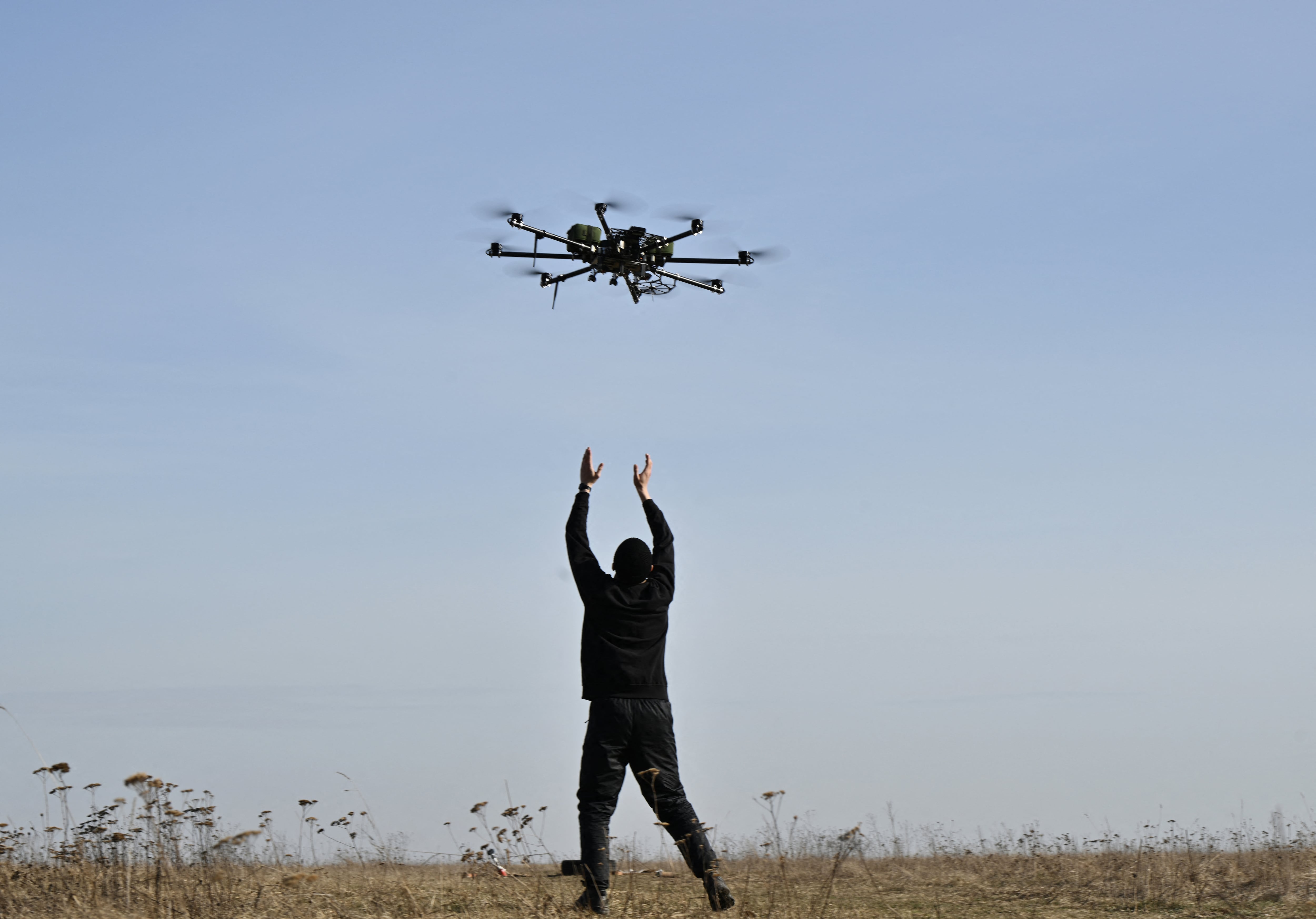The Joint Information Environment, the Defense Department's massive undertaking to unify military IT equipment and services, has been both a major point of focus and a lightning rod in recent years. And while it's not as widely discussed by officials in public as it was perhaps a year ago, that doesn't mean everything is quiet on the JIE front.
One top DoD official blasted a lack of progress and territorial disputes over the network at an AFCEA DC event in Washington on June 24, pointing to cultural resistance in the services. Among the issues under dispute are localized control of parts of the DoD network, the ongoing transition to joint regional security stacks designed to provide better DoD-wide network visibility, and overall ceding of network management over to a more-centralized DoD IT approach to network command and control.
Related: DoD advancing JIE via joint regional security stacks
"There's been a lot of talk about progress [and] a lot of people are happy with where we are. I'm not," said Lt Gen Mark Bowman, Joint Chiefs director of command, control, communications and computers/J-6. "People think they own their own network. They don't own any networks. This is all part of the Department of Defense networks, and we need to realize that [and] act like that."
Bowman's blunt remarks marked a contrast from those made a week earlier by Defense Information Systems Agency leadership praising headway on JIE's many moving parts.
"Our progress on JIE is tied to the joint regional security stacks," Lt Gen Ronnie Hawkins, DISA director, told reporters in a June 18 press briefing. "We're moving ahead in implementing that capability across the [continental U.S.] as well as in Europe and in southwest Asia. When you're talking about security stacks, you're talking about JIE. When you're talking about the operational side, we have gone through a series of exercises as well as confirmation on how it is we will operate JRSS. Those things are taking place right now and we are doing that in concert with the Army, the Air Force and the Navy. So there's a lot going on with JIE; we just talk about it from the perspective of implementing these capabilities."
Bowman, who also expressed concerned that DISA may be juggling too many of DoD's IT and network responsibilities, painted a different picture.
Online Multimedia Report: The JIE Explained
JRSS "is a must-do this year, but we got people looking at it and reading the homework and deciding they don't really want to do that," Bowman said. "Army is behind it, Air Force isn't. Now why is that? Why can't we get behind it?"
The answer may in part be that personnel within the services are waiting to see JIE's concepts proven out as successful. In many ways, enterprise email – an effort led by DISA that took over the Army's email systems and also encountered a lot of friction – is a mini-template for the JIE transition.
At a Bloomberg Government acquisition event on June 4 in Tysons Corner, Virginia, Navy and Air Force procurement officials expressed some hesitation when asked about the push toward JIE.
"People said everybody ought to go to DISA email. So we looked at the DISA service…and we determined from a business case perspective that enterprise email was unaffordable for us," said Elliott Branch, deputy assistant secretary of the Navy for acquisition and procurement. "So I think JIE really is a vehicle for a voyage of discovery, and as we start to look at various areas of service and various components, we're going to look at those from a business case perspective and move eventually to that environment. But I would say we're moving to it not with a home-run hitter, but with hitting a single, getting on base with one – it'll be more of that approach."
Where Branch sees a need for caution, others see the potential for something more threatening, especially amid calls like those from Bowman to accelerate the transition to enterprise IT in the military.
"When it comes to the information environment and what we need to think about it before we go too far, too fast toward JIE…if we have a system that is common across the board, that provides one target for our enemies. So think about that," said Randall Culpepper, program executive officer for combat and mission support in the office of the assistant secretary of the Air Force for acquisition.
"Having disparate capabilities within stovepipes is not necessarily a bad thing," Culpepper said. "Having redundancies that function in slightly different ways can be confusing to the enemy and that's not necessarily a bad thing. That's not all our money in one bank account. So just think about, before we move, hey – common structures that can be operated on – that's probably not a bad thing, if we can have common structures and set them up in new ways. Or a common operating picture so that we talk to one another. But we have to be careful as we move to JIE and I think we have to do it in small bites."







